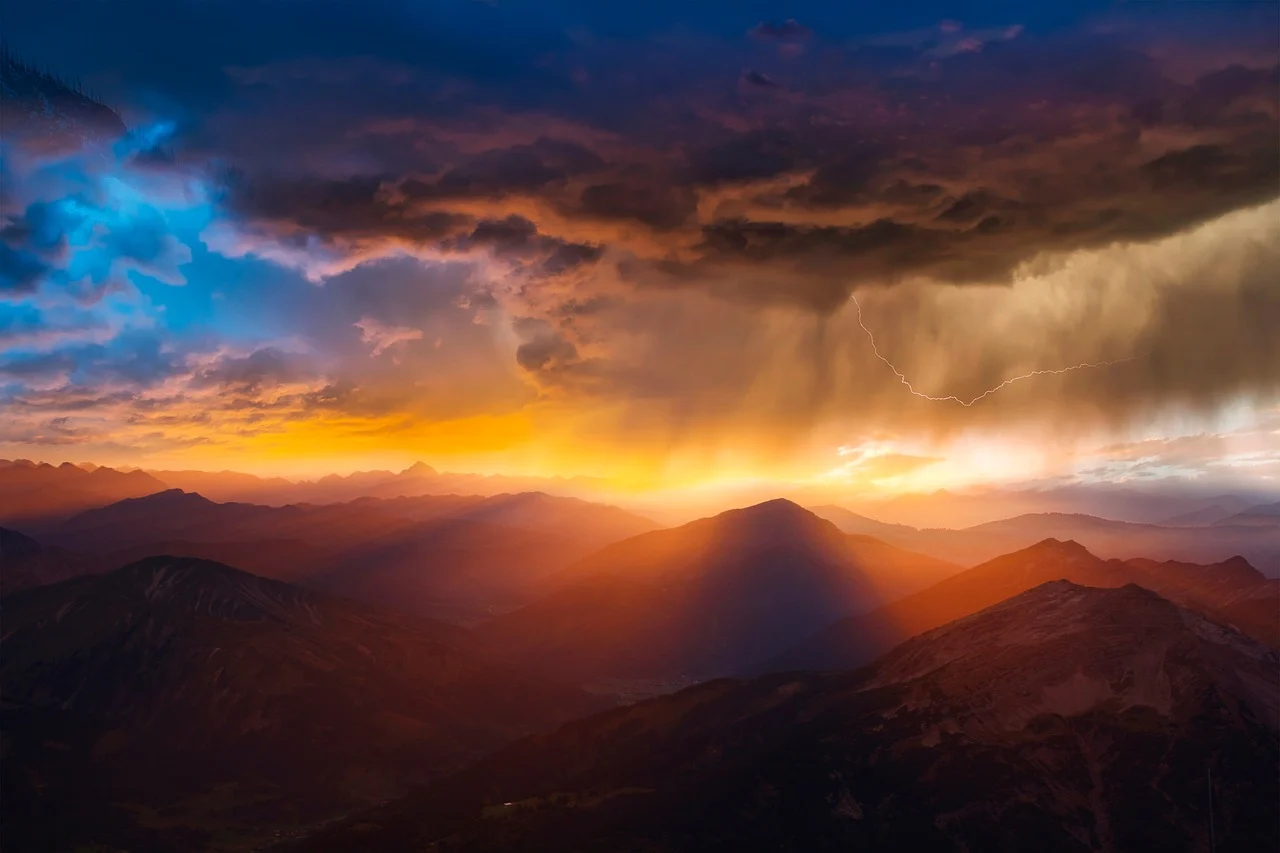The Indian Meteorological Department (IMD) has issued a fresh warning, forecasting that monsoon-driven chaos will persist across large parts of India—particularly in the northern belt—until at least July 15. The advisory includes Delhi-NCR, Rajasthan, Haryana, Uttarakhand, Himachal Pradesh, and parts of Uttar Pradesh, where heavy to very heavy rainfall is expected to continue disrupting normal life.
Over the past week, intense downpours have already triggered urban flooding in low-lying areas, landslides in hilly regions, and widespread traffic snarls and power outages. With water levels rising in key rivers like the Yamuna and Ghaghara, authorities are on high alert to prevent breaches and ensure timely evacuations.
In Delhi, roads in several areas including ITO, Minto Bridge, and Connaught Place were submerged after continuous rain, prompting metro delays and flight rescheduling at IGI Airport. Schools across multiple districts have shifted to online classes, while emergency crews are working around the clock to clear clogged drains and rescue stranded commuters.
Himachal Pradesh and Uttarakhand, prone to cloudbursts and landslides, remain particularly vulnerable. The Badrinath highway was temporarily closed due to a massive landslide near Joshimath, and several villages in Mandi and Kullu have reported damage to homes and farmland.
The IMD’s extended forecast attributes this prolonged monsoon surge to the active monsoon trough and a low-pressure area over the Bay of Bengal moving inland. These systems are expected to enhance rainfall intensity in central and northern India until mid-July. Red and orange alerts have been issued in several states, warning citizens to avoid unnecessary travel and stay tuned to official updates.
Urban planners and environmentalists are once again pointing out the infrastructure gaps in Indian cities, where poorly maintained drainage systems and unregulated construction exacerbate monsoon impacts. In Delhi alone, over 65 major waterlogging points remain unresolved despite annual promises of preparedness.
The National Disaster Response Force (NDRF) has deployed rescue units across critical zones in Haryana, UP, and Uttarakhand. Several districts in Rajasthan have declared local holidays due to unsafe travel conditions.
While monsoons are crucial for India’s agriculture and water reservoirs, their increasing unpredictability—amplified by climate change—continues to pose a challenge for disaster management. Experts warn that unless cities are redesigned for resilience and hill states receive stronger ecological protection, such episodes of “monsoon mayhem” will become the new normal.
Looking ahead, the IMD has urged state governments to maintain high alert until July 15, after which the monsoon system is expected to weaken gradually. Until then, residents are advised to stay indoors during peak rainfall hours, monitor flood warnings, and avoid crossing waterlogged or landslide-prone zones.

